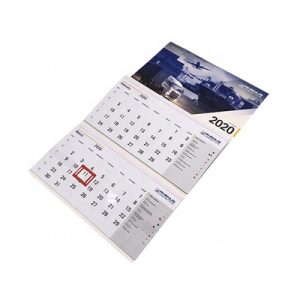Timekeeping and calendars are based on a combination of astronomical observations, mathematical calculations, and cultural conventions. Here’s an overview of the science behind how calendars work:
- Solar and Lunar Cycles:
- Solar Year: The primary cycle used in many calendars is the solar year, which is the time it takes for the Earth to complete one orbit around the Sun. This cycle is approximately 365.25 days long, leading to the need for leap years to adjust the calendar.
- Lunar Month: The lunar month is the time it takes for the Moon to complete one orbit around the Earth. A typical lunar month is about 29.5 days.
- Lunisolar Calendars:
- Many calendars, like the Hebrew, Hindu, and Chinese calendars, are lunisolar, combining both lunar and solar cycles. This helps align the calendar with both the phases of the Moon and the seasons.
- An extra month (intercalary month) is added periodically to these calendars to ensure that lunar months align with solar years. This keeps religious and cultural events in sync with the changing seasons.
- Leap Years:
- Because the solar year is not an exact number of days, leap years are introduced to keep the calendar year synchronized with the astronomical year. In a leap year, an extra day (February 29) is added to the calendar.
- The Gregorian calendar’s leap year rule is that a year divisible by 4 is a leap year, except for years divisible by 100 but not by 400.
- Weekdays and Days of the Week:
- The seven-day week is a cultural convention with no direct astronomical basis. It has origins in various religious and cultural traditions.
- Days of the week are named after celestial bodies and gods in different cultures. For instance, Sunday is named after the Sun, Monday after the Moon, and so on.
- Epoch and Year Numbering:
- Calendars typically have a starting point, known as an epoch. The Gregorian calendar’s epoch is January 1, 1 AD (Anno Domini), which is used as the reference point for year numbering.
- Some cultures use different epoch years. For instance, the Mayan calendar’s Long Count starts from August 11, 3114 BCE.
- Time Zones:
- Time zones are based on longitudinal divisions of the Earth, with each zone roughly covering 15 degrees of longitude.
- Time zones adjust to the Earth’s rotation and ensure that the same time corresponds to roughly the same position of the Sun in different locations.
- Atomic Time and UTC:
- Modern timekeeping relies on atomic clocks, which measure the vibrations of atoms to determine time very precisely.
- Coordinated Universal Time (UTC) is the international standard for time, based on a weighted average of various atomic clocks worldwide.
- International Date Line:
- The International Date Line (IDL) is an imaginary line that runs from the North Pole to the South Pole, mostly along the 180th meridian.
- Crossing the IDL leads to changes in the date, allowing us to account for the Earth’s rotation in relation to time zones.
- Cultural Adaptations:
- Different cultures have developed their own calendar systems based on their historical, religious, and societal needs. These calendars often reflect cultural values and rituals.
In summary, calendars are a complex blend of astronomical observations, mathematical calculations, and cultural considerations. They help us organize time, track seasons, and commemorate significant events, all while adapting to the intricacies of the Earth’s orbit and rotation.


















